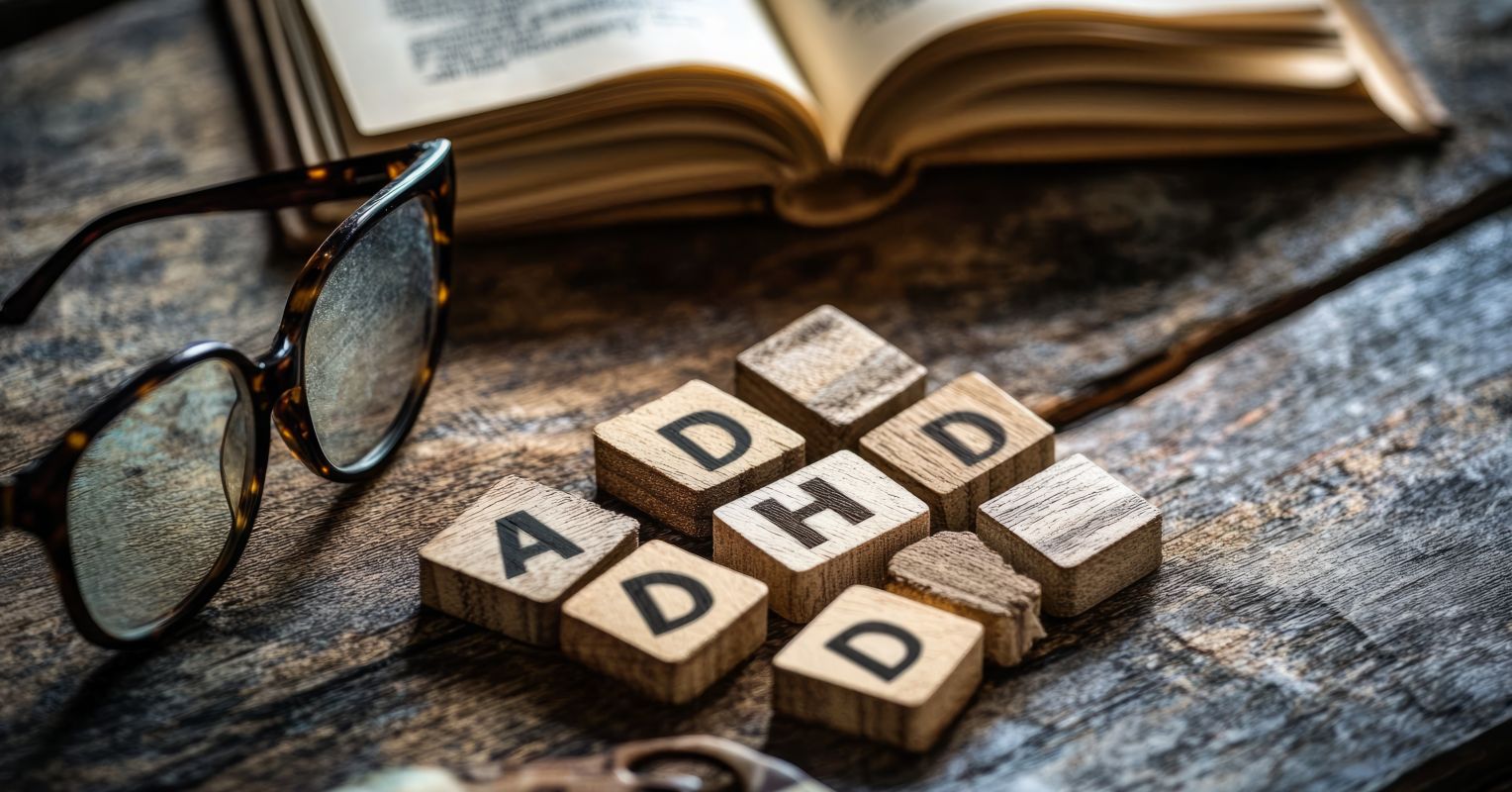
Feeling Stuck Isn’t Laziness
Have you ever sat down to get something done, but instead, you just stared at your screen or phone for hours? You knew what needed to happen, but your body wouldn’t move. Your brain just froze. You weren’t being lazy. You were stuck. This is something many people with ADHD face, and it’s called ADHD paralysis. What is this? Why does it happen? And what you can do to break free.
What ADHD Paralysis Feels Like
ADHD paralysis happens when you feel overwhelmed by all the things you need to do. Instead of picking just one thing and starting it, your brain gets stuck thinking about everything. The pressure builds, and your brain starts to shut down. You end up doing nothing because doing something feels too hard. You might think to yourself: “Where do I start?” “What if I pick the wrong thing?” “There’s too much to do, I can’t handle this.” This kind of thinking is common in people with ADHD. It’s like standing in front of a huge mountain and feeling like climbing it is impossible. Instead, you sit at the bottom, frozen.
Why Your Brain Freezes
ADHD affects the way the brain handles planning, decision-making, and staying calm under stress. The brain’s executive function system doesn’t work the same way in people with ADHD. That system helps you start tasks, keep going, and finish things. Here’s what’s happening in the brain: First, there are too many choices. When the brain sees too many options, it struggles to choose just one. Second, there’s the fear of failure. You might worry that if you start and fail, it’ll feel worse than doing nothing. Third, perfectionism kicks in. You feel like it’s better to wait for the “right” time than do it wrong. And finally, low dopamine plays a role. Dopamine is a chemical messenger that helps you feel motivated. People with ADHD often don’t get enough of it from regular tasks. All of this makes the brain hit the pause button. But the more you pause, the worse the pressure gets.
Start Small and Simple
The good news is that ADHD paralysis can be managed. Some tools can help. One powerful strategy is to pick just one small task. Your brain wants to think big, but big plans feel heavy. Think small. Ask yourself, “What’s one small thing I can do right now?” For example, if you need to write a report, just open the document and write the first sentence. That’s it. Starting small helps your brain feel safe. It also gives you a quick win.
Try a Short Timer
Another helpful tool is a timer. Set a timer for five or 10 minutes. Tell yourself, “I only have to work for five minutes.” You’ll often find that once you start, you keep going. That’s because starting is the hardest part. Once you’re moving, your brain clicks into gear.
Be Clear About the Task
Also, write down the task, not just the goal. Instead of writing “Clean room,” try writing “Pick up clothes from the floor.” “Put the shoes away.” When your task is clear, your brain knows what to do. Vague goals feel overwhelming.
Say It and Share It
You can also say your task out loud. Tell someone what you’re going to do. Saying it out loud can help you feel more committed. Even better, tell a friend and check in with them later.
Reward Your Effort
And don’t forget to reward yourself. Your brain loves rewards. After you finish a task, give yourself a small treat. It could be a snack, a stretch break, or a few minutes of a favorite show. This teaches your brain that action feels good.
You Can Learn to Get Unstuck
If you struggle with ADHD paralysis, there’s nothing wrong with you. Your brain just works differently. You need different tools. That’s okay. You’re not alone, and with practice, you can learn to work with your brain, not against it. Start small. Be kind to yourself. Remember: Action beats perfection every time.
